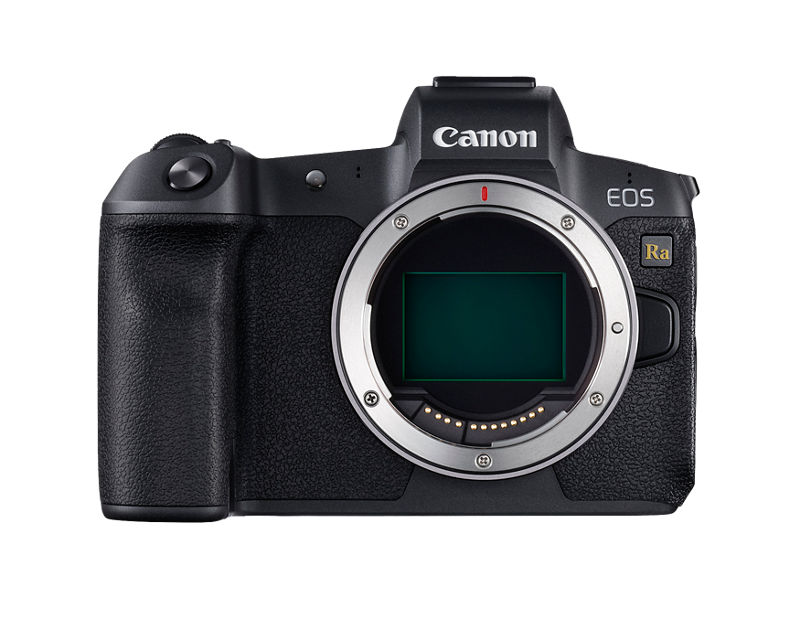Andromeda Galaxy (M31)
- Mark as New
- Bookmark
- Subscribe
- Mute
- Subscribe to RSS Feed
- Permalink
- Report Inappropriate Content
11-07-2024 04:32 PM
The "problem" with imaging galaxies is that a lot of them occupy only small areas of the sky. They may be HUGE objects, but for many of them, their distance makes their apparent size in the night sky very small. That, however, is not the case with the Andromeda Galaxy. It is one of our closest galactic neighbors, but is still 2.5 million light years away. Given its size (approximately 150,000 light years across) and relative close distance, if you could see the whole galaxy in the sky with your naked eye, it would be about 6 times wider than the Moon when it is full.
I've recently added a Ha/OIII narrowband filter, and I'm working on adding Ha to this image via a Continuum Subtraction process. It's getting there, but I think I need more NB time on the target. There's comparatively little narrowband signal when compared to broadband, so it'll probably take a few more nights.
Capture Details:
Location:
Chesapeake, VA, USA
Bortle:
Bortle 8
Dates:
Aug. 21, 2024
Aug. 25, 2024
Aug. 27 - 28, 2024
Oct. 5 - 6, 2024
Nov. 5, 2024
Frames:
Optolong L-Pro EOS-R: 64×120″(2h 8′) ISO1600 f/5.6 bin 1×1
Optolong L-Pro EOS-R: 562×60″(9h 22′) ISO1600 f/5.6 bin 1×1
Optolong L-Pro EOS-R: 409×90″(10h 13′ 30″) ISO1600 f/5.6 bin 1×1
SVBony SV220 7nm 2": 53×300″(4h 25′) ISO1600 f/5.6 bin 1×1
Total Integration:
26h 8′ 30″
Equipment:
EOS Ra Body
EF 400mm f/5.6L USM Lens
Sky Watcher Star Adventurer GTi Mount
SVBONY SV106 Guide Scope
ZWO ASI120MM Mini Guide Camera
ZWO ASIAir Pro
SVBony SV220 Dual Narrowband Ha/OIII Filter
Optolong L-Pro EOS-R Filter
Software:
Siril
StarNet++
GraXpert
Adobe Photoshop
SetiAstro Cosmic Clarity
- Mark as New
- Bookmark
- Subscribe
- Mute
- Subscribe to RSS Feed
- Permalink
- Report Inappropriate Content
11-10-2024 01:18 AM
I am always in awe of great astro photographs, and this is definitely one of those!
cheers, TREVOR
The mark of good photographer is less what they hold in their hand, it's more what they hold in their head;
"All the variety, all the charm, all the beauty of life is made up of light and shadow", Leo Tolstoy;
"Skill in photography is acquired by practice and not by purchase" Percy W. Harris




